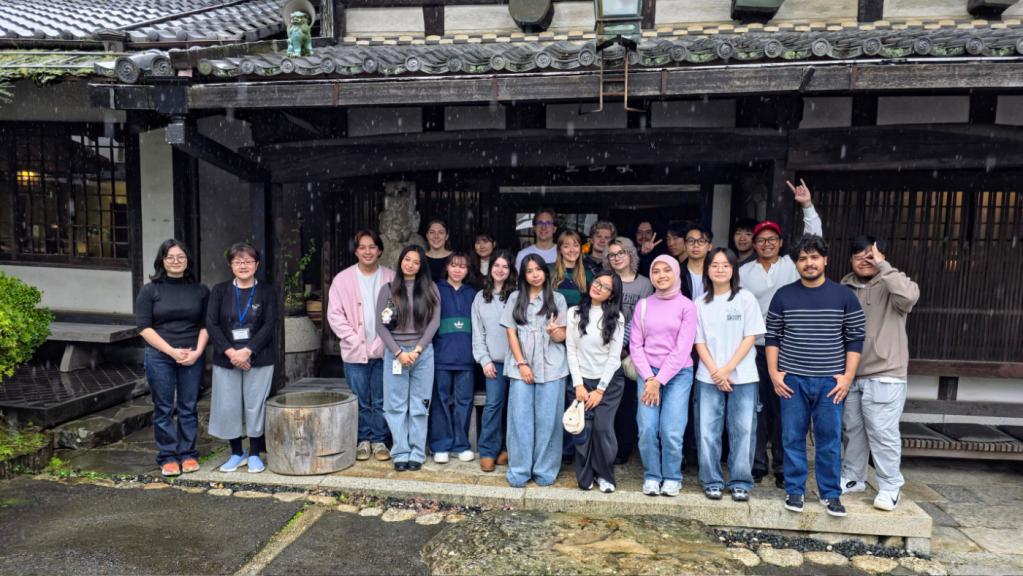Cultural Enrichment Activities - Fall 2025 Tajimi Tour
On Sunday, October 26, students from NUCB Undergraduate School joined a cultural trip organized by the International Affairs Office to Tajimi City in Gifu Prefecture. Tajimi is well known for its long pottery tradition, which dates back to the 16th century. The city is especially famous for Mino ware, a style of ceramics that has been passed down and refined over generations.
During the visit, students walked through Oribe Street, an area known for its pottery shops and studios, and took part in a pottery painting activity at Kobei Kiln. It was a relaxed and hands-on way to learn about one of Japan’s most respected crafts.
Lunch and Stroll Around Oribe Street
Students kicked off the day at 9:20 AM, gathering at NUCB’s Nisshin Campus before making a short stop at Meito Dormitory and heading toward Gifu Prefecture. The group’s first destination was Tajimi City’s Oribe Street, an area once central to pottery production. Many of its Edo-period merchant houses still stand, giving the street a distinctly traditional atmosphere. In recent years, it has also become home to small galleries, cafés, and craft shops that mix the old with the new.
Students took their time walking through the area, browsing pottery shops and art spaces, and getting a closer look at local ceramic culture. Lunch followed at a nearby café, where participants could rest and chat with one another in a relaxed setting before continuing the day’s program.
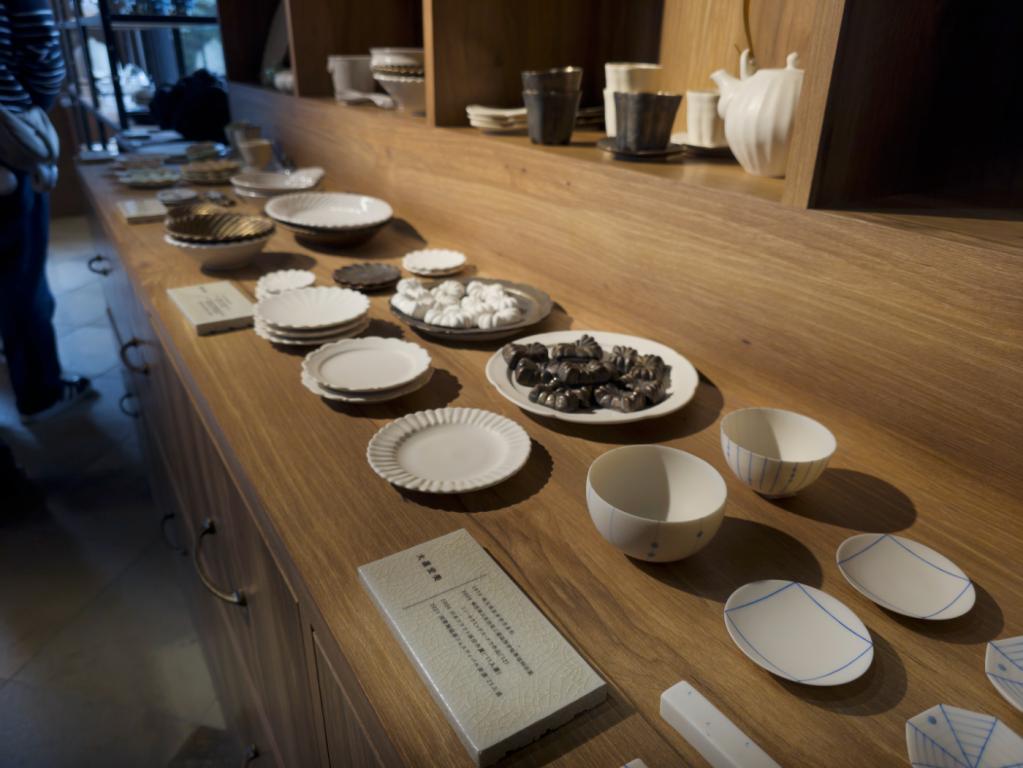
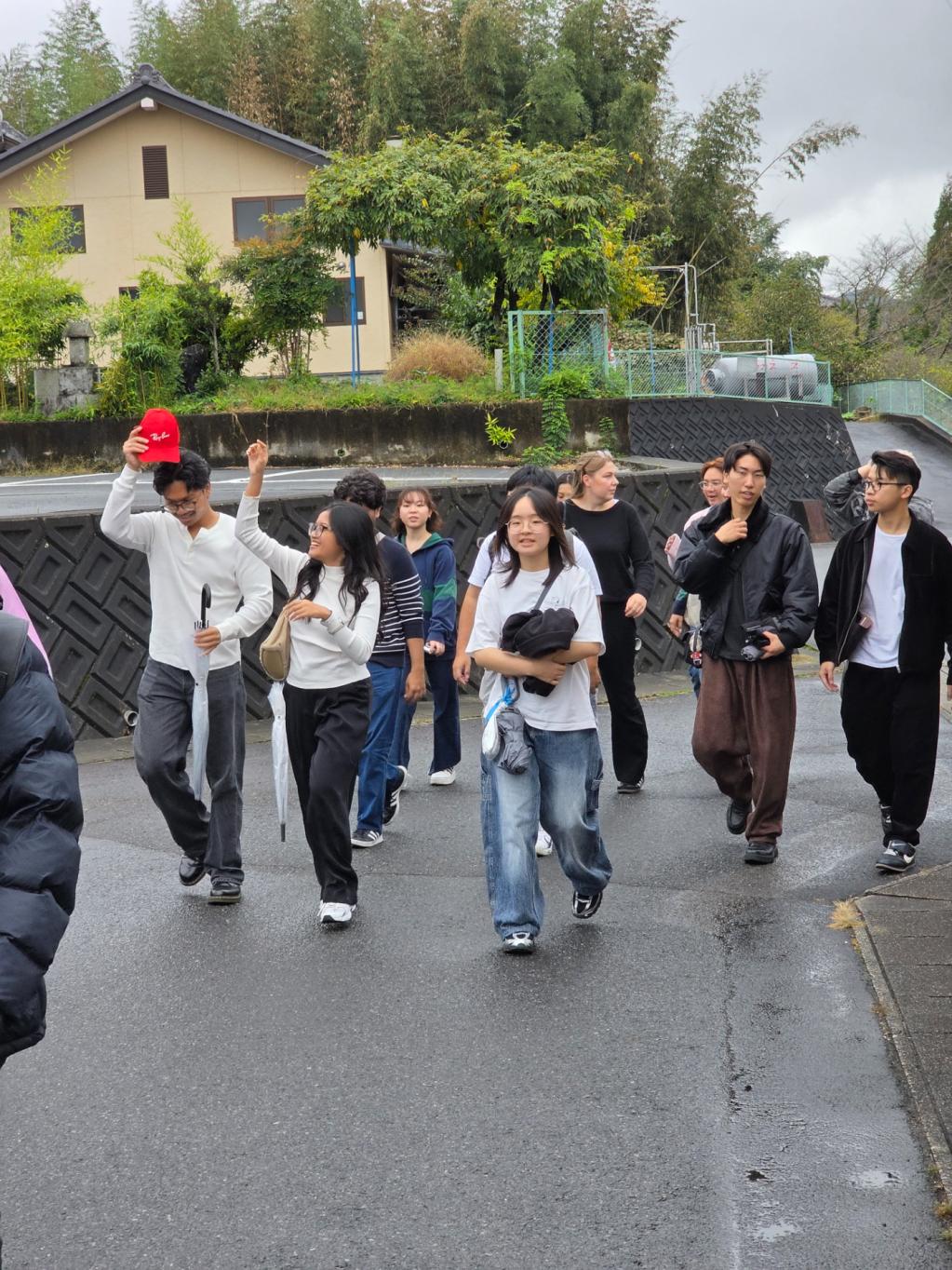
Pottery Painting at Kobei Kiln
At Kobei Kiln (幸兵衛窯), students took part in a hands-on pottery painting session, decorating bisque-fired ceramics with the kiln’s signature Persian blue glaze. The activity allowed everyone to experience the careful attention and patience that go into traditional ceramic work.
Founded in 1804 as a designated kiln for Edo Castle, Kobei Kiln has been maintained through generations of artisans, each adding their own touch to its legacy. Today, it is well known for its delicate blue-and-white porcelain and for balancing tradition with creativity. After finishing their own pieces, students were able to explore the rest of Kobei Kiln, which included a museum showcasing a variety of unique ceramics. The day overall was a success, with many students expressing their appreciation for the opportunity to take part in the tour. Their painted pieces will be glazed and fired multiple times by the kiln’s artisans and will be returned to them in the coming months.
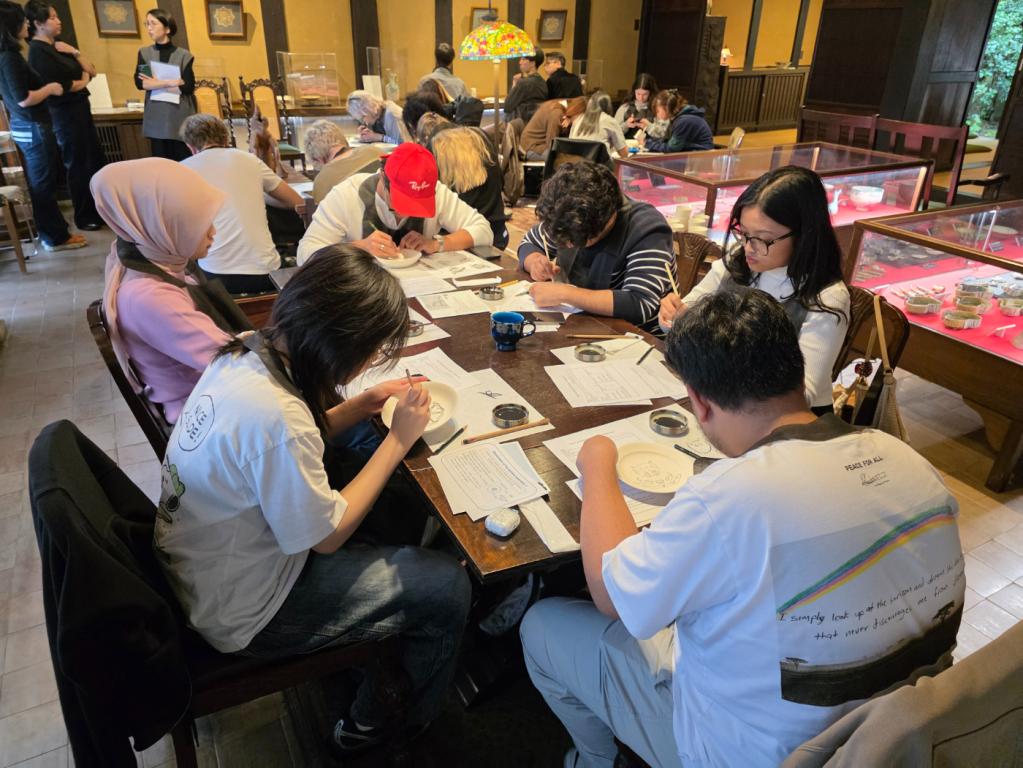
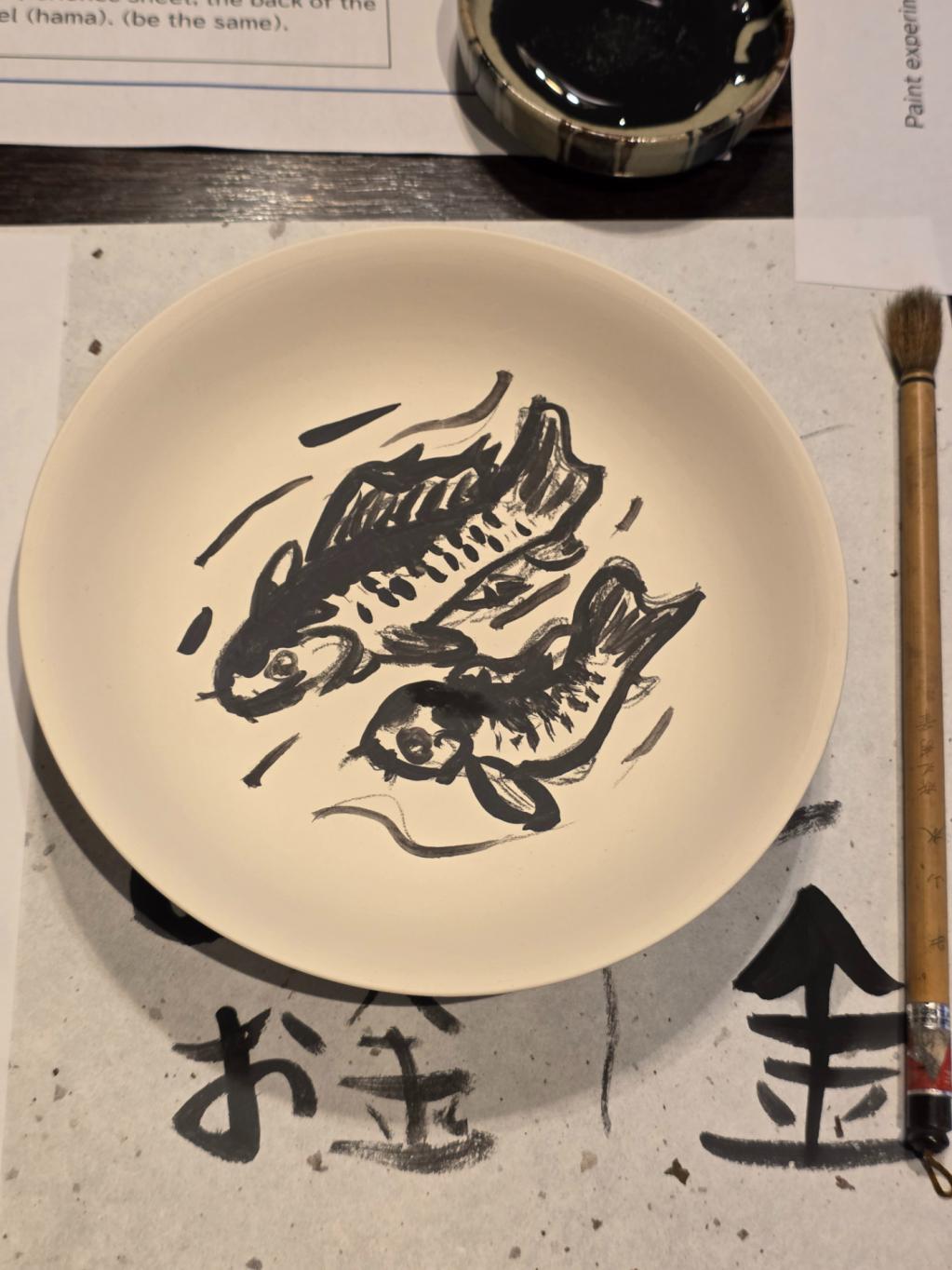
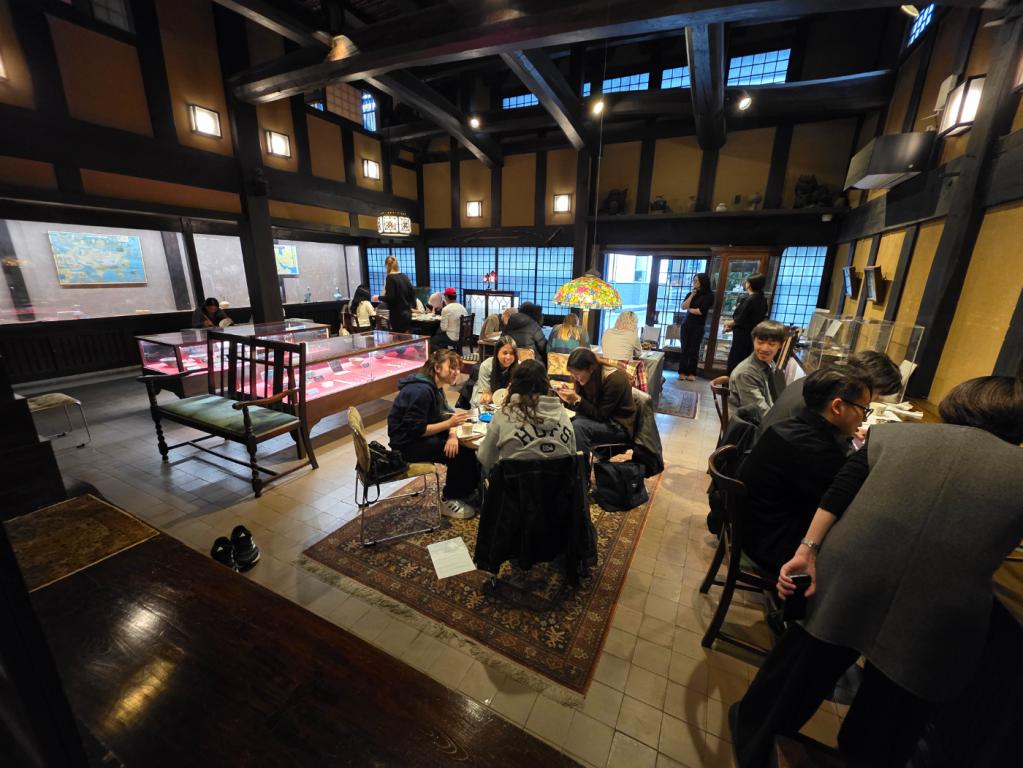
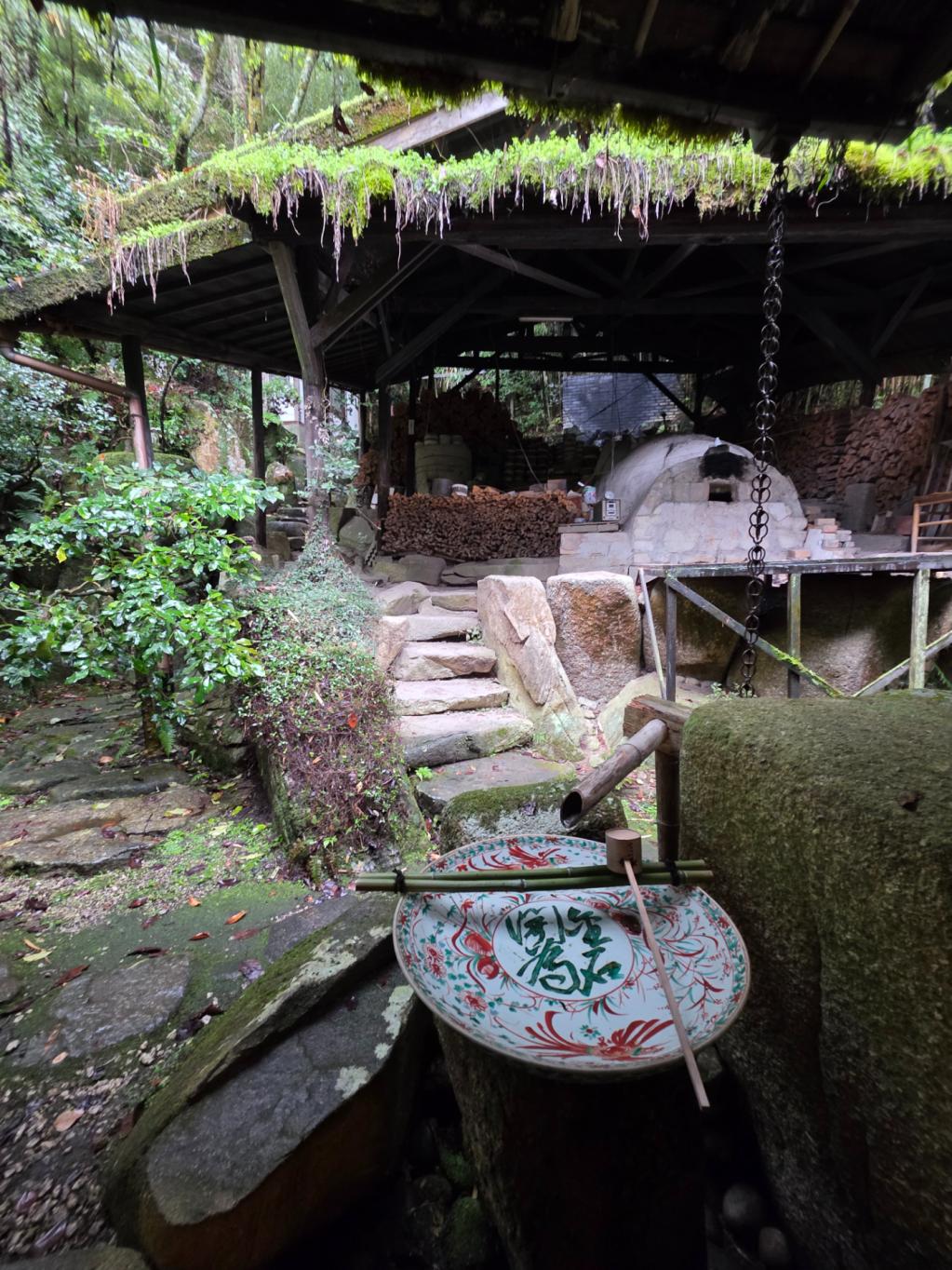

 Download
Download
 Infosession
Infosession
 Application
Application
 Open Campus
Open Campus


